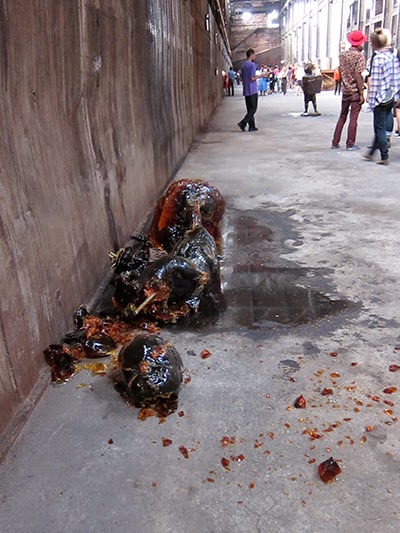I never imagined finding such animated illustrations inside a book titled
“Fodder and Pasture Plants.” It was published by the Canadian Department of Agriculture in 1913, at exactly the time, a continent away, Braque and Picasso, were deep into Cubism, and Kandinsky was pioneering pure abstraction. Were these oddly angular, calligraphic renderings of grasses the work of someone other than a traditional botanical illustrator? It turns out the answer is yes, but he wasn’t a starving expressionist with a beret. The artist was
Norman Criddle, a noted entomologist who happened to seriously know his way around a box of paints.
Criddle was born in Englnad in 1875 and his family moved to Manitoba in 1882, where they established a farm. According to
Memorable Manitobans, “He developed the “Criddle Mixture” of poisons to counter the grasshopper menace in 1902 and was employed by the government to demonstrate its use to farmers. He became entomological field officer for Manitoba in 1913 and was appointed provincial entomologist in 1919.” The Criddle Mixture continued to be used for the next 30 years. The Rocky Mountain locust of the 1902 crop threat is now extinct.
As a family of naturalists, the Criddles were responsible for considerable collection and documentation of natural specimens, and with invaluable long term record-keeping of flora, fauna, bird migrations and weather.
So much for art school.
Norman Criddle in his lab.
Norman Criddle with two of his pet crows.
Photo by Dr. R. D. Bird
In 1906, years before “Fodder and Pasture Plants,” Norman Criddle illustrated “Farm Weeds of Canada.” The paintings are more traditional, but as you can see in Clover Dodder, there are hints of the sophisticated compositions to come.














































































